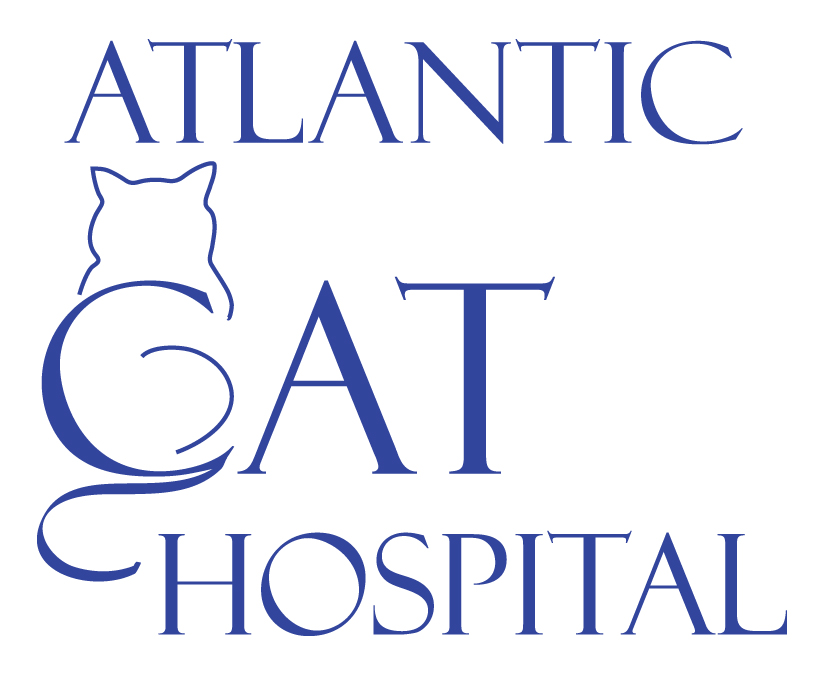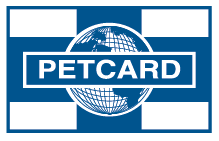Library
-
Helping your pet lose weight may be challenging at first, but with a little patience and persistence, you can be successful. Research has shown that small amounts of weight loss help improve the quality of life for overweight pets: they feel better, move easier, play more often, and live healthier lives. This handout focuses on commonly asked questions and tips for owners to help their overweight pet successfully achieve some weight loss.
-
Transdermal means the application of a medicine or drug through the skin, where it is absorbed into the bloodstream. Relatively few drugs are currently available for transdermal application. The biggest risk with a transdermal medication is that it could be insufficiently absorbed, resulting in inadequate drug levels and treatment. The inside of the outer ear flap (not inside the ear canal) is an excellent area to apply transdermal medications. After you have administered the medication, try to distract your pet from scratching or rubbing the ear for a few minutes by feeding your pet, taking your pet for a walk, or playing together immediately afterward. If your pet is prescribed a transdermal medication patch, your veterinarian will often shave an area to affix the patch.
-
Controlled substances are medications or illicit drugs that affect the central nervous system and have the potential for abuse or dependence, both in humans and in animals. These drugs are often needed to manage pain and other conditions in pets and are relatively safe when used appropriately and under the guidance of a veterinarian. Be sure you understand the risks and responsibilities associated with controlled substance use.
-
Pet monitoring systems provide peace of mind for pet owners. While away from home, pet parents can monitor the home and pet. Monitors allow observation as well as interaction that benefits both pet and owner. Numerous options are available to accommodate the individual needs of both pet and pet parent. Do a little research to find the one that best fits your needs.
-
Weight-loss programs are not easy, especially when an overweight animal cannot exercise. Veterinary therapeutic diets, automatic feeders, food puzzles, and animal rehabilitation therapy are tools that should be considered for every pet's weight loss program. Pet parents who are motivated to help their overweight dog or cat lose weight should work closely with their veterinary healthcare team to address concerns and discuss ideas for the pet's home environment. The most successful pet owners recruit family and/or friends to support their plans. Patience and persistence are often needed because weight loss doesn't happen quickly.
-
Running a veterinary clinic has a lot of overhead and behind the scenes cost that many pet owners aren't aware of. Human healthcare is far more expensive and less efficient than you realize. Plan ahead and take preventive steps to help reduce treating costly problems.
-
Punishment is not recommended as a training or behavior management tool for pets. It can cause fear, frustration, and even aggression. Using punishment can seriously damage a pet’s relationship with people. Training should focus on teaching desirable behaviors rather than on simply stopping undesirable ones. When pets exhibit undesirable behaviors, it is important to determine and address the underlying reason for the behavior.






